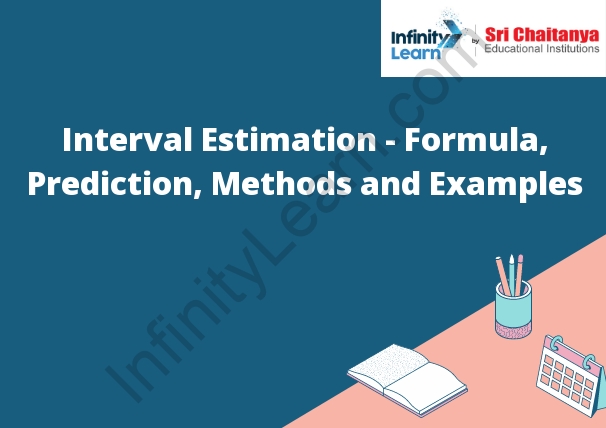Table of Contents
Interval Estimation Definition
Interval estimation is a method of estimating population parameters using a sampling distribution. It involves constructing a confidence interval, which is a range of values within which the population parameter is likely to fall. This range is based on the assumption that the sample is representative of the population.

Prediction Interval
A prediction interval is a statistic that tells you how likely it is that a future observation will be within a certain range. The prediction interval is calculated from the sample data and takes into account the variability of the data.
95 Prediction Interval
A 95% prediction interval is a range of values that a statistic is likely to fall within 95% of the time. This interval is calculated using a statistic’s sample size, standard deviation, and the t-distribution. The lower and upper bounds of the interval are determined by calculating the t-distribution value that corresponds to the statistic’s alpha level (usually .05) and subtracting and adding 1.96 times the standard error of the statistic.
Point Estimate of the Population Mean
The point estimate of the population mean is the sample mean.
Common Methods of Finding Point Estimates
The following are the most common methods of finding point estimates:
1. Mean
2. Median
3. Mode
4. Mid-range
5. Weighted mean
6. Harmonic mean
7. Geometric mean
8. Quadratic mean






